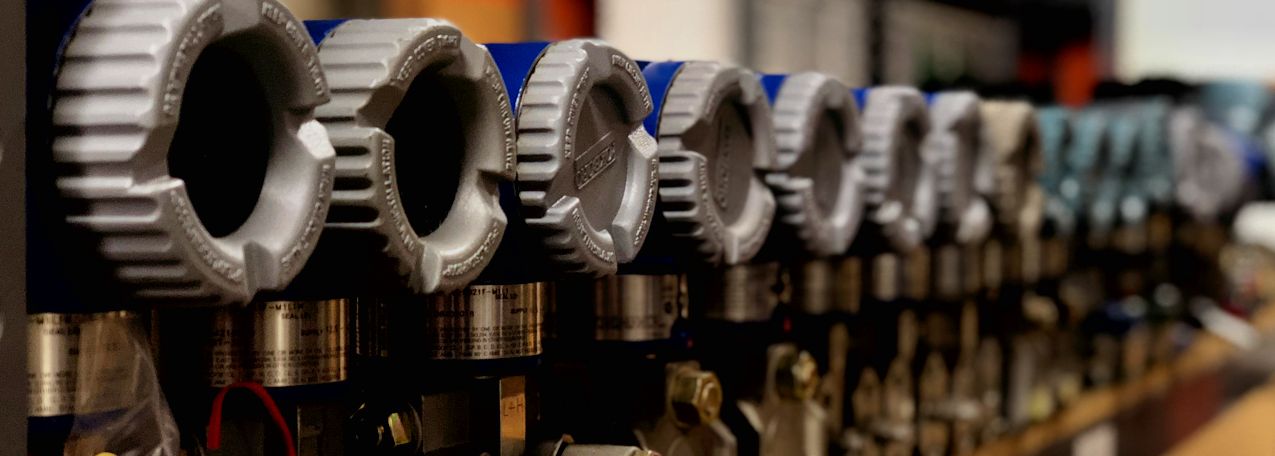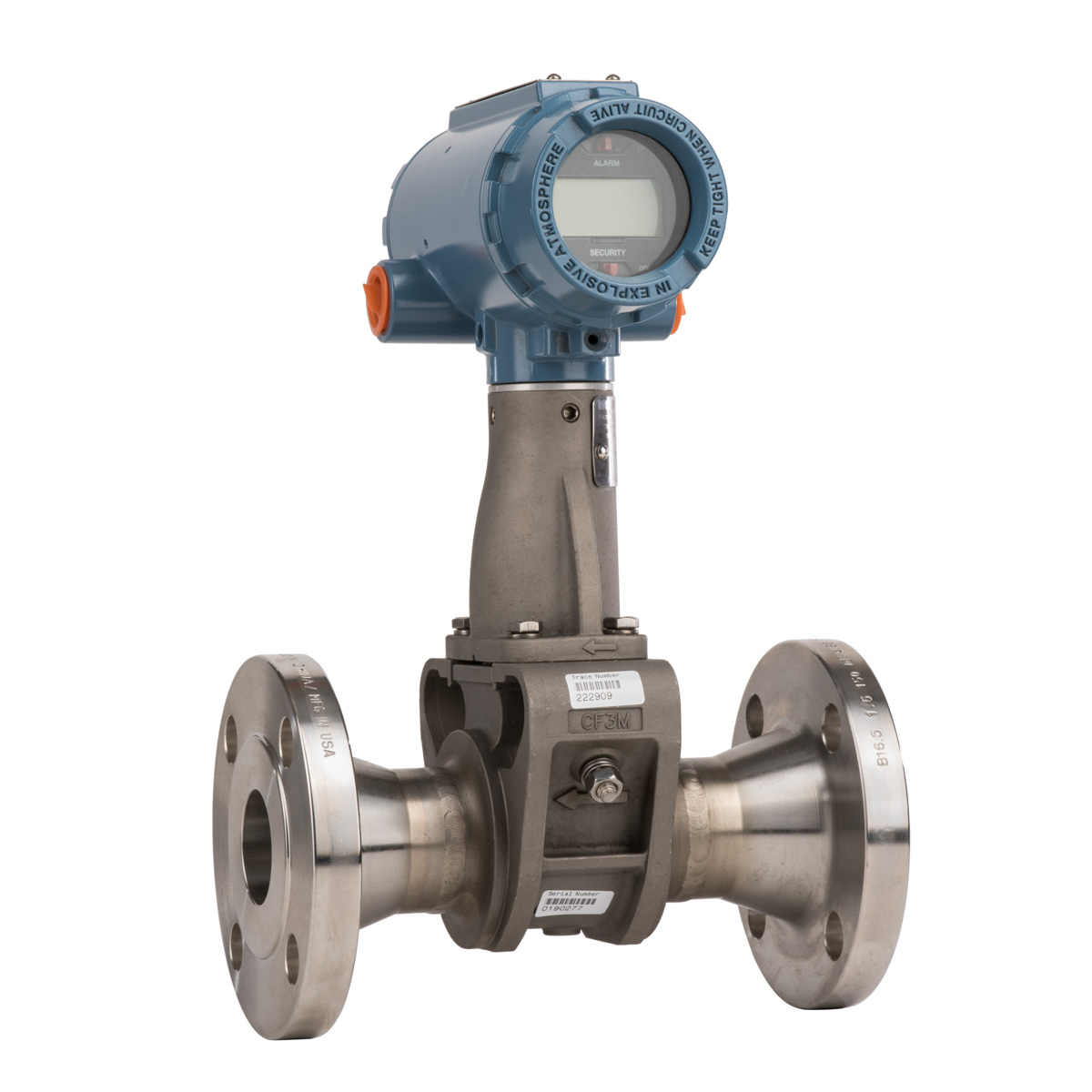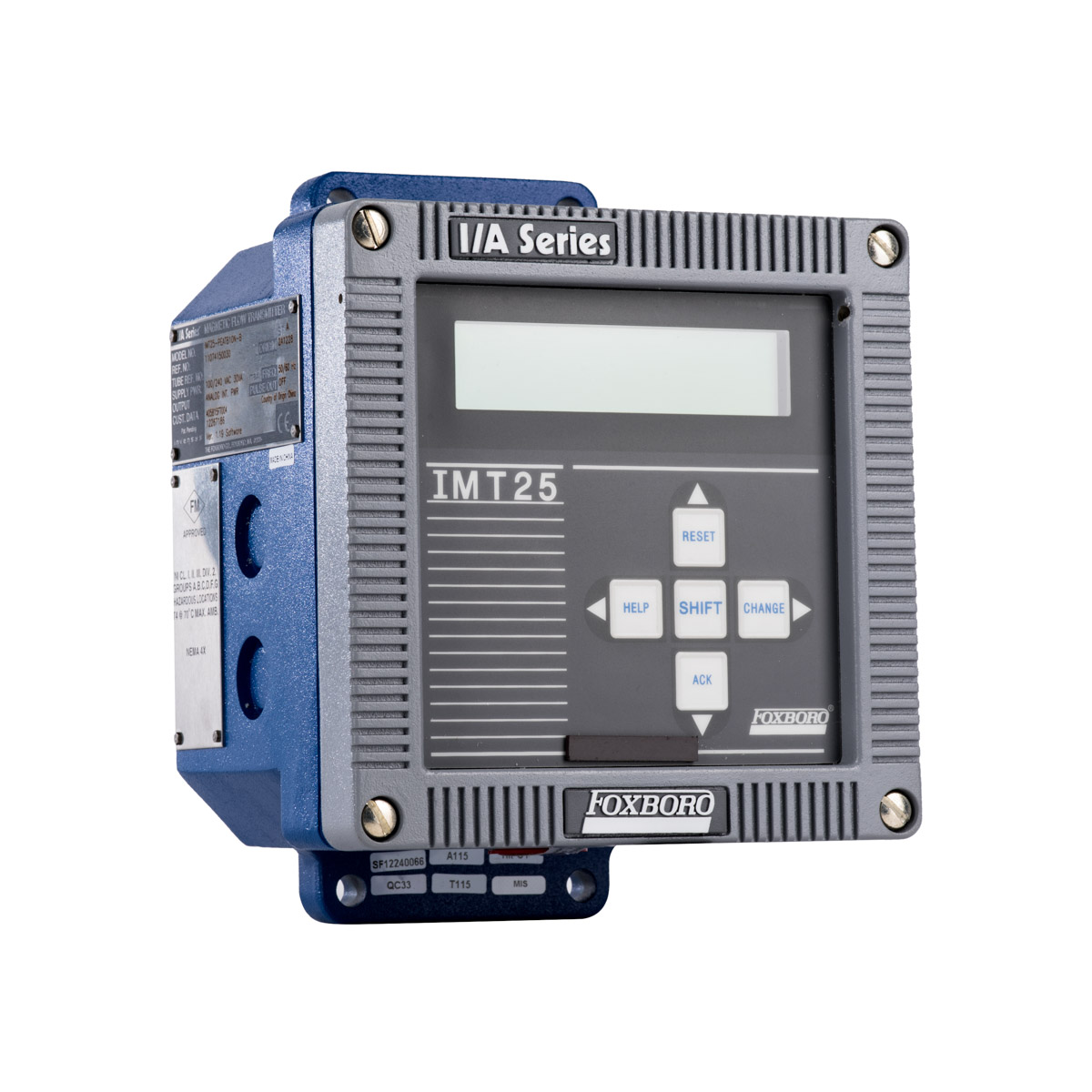For over a century, Foxboro has stood as a beacon of innovation. Setting the industry…
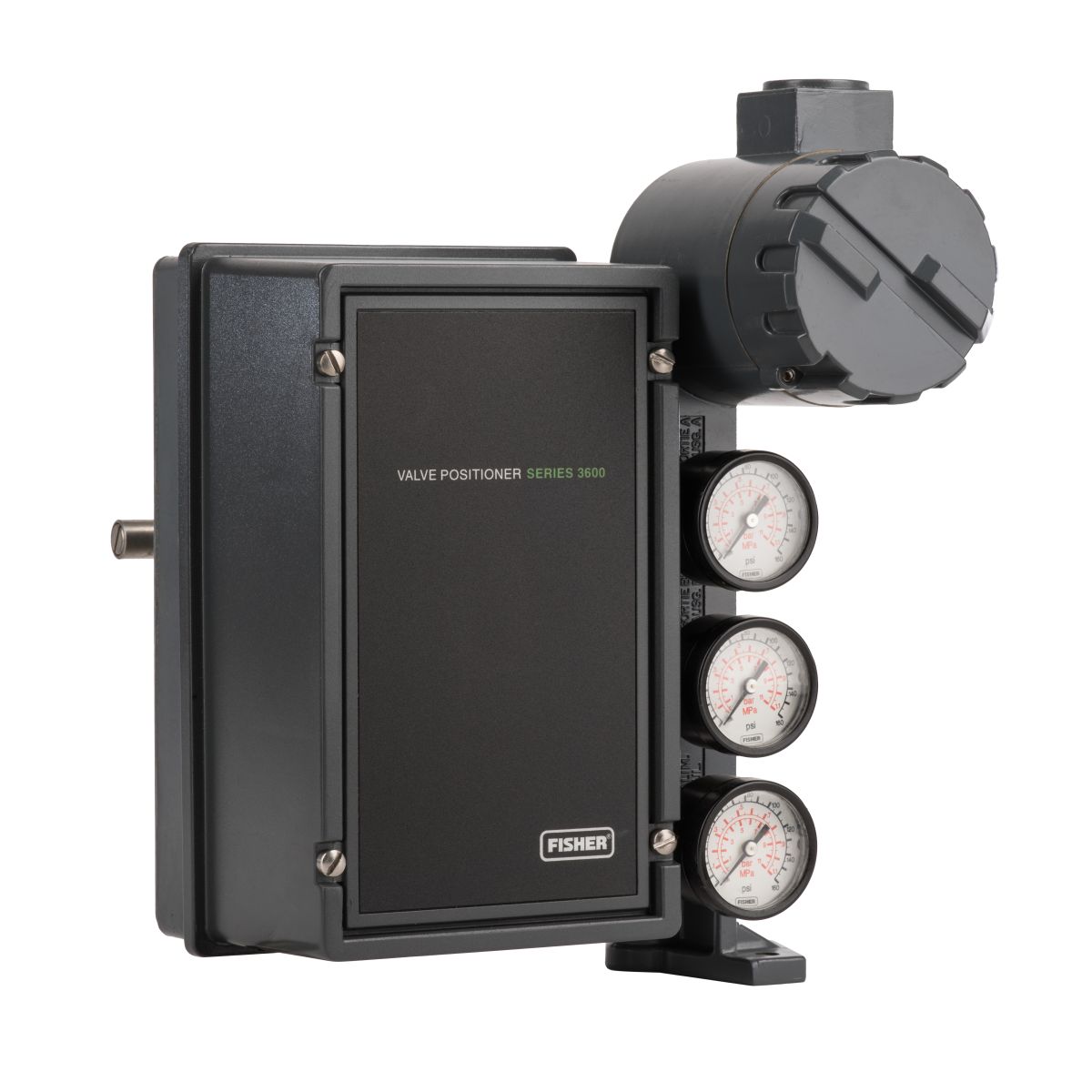
What is a Valve Positioner, and what does it do?
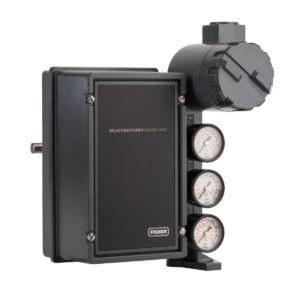
The Function of a Valve Positioner
Valve positioners are devices used to put a valve in the correct position by increasing or decreasing the air load pressure on the actuator. Instead of the process controller sending a signal directly to the actuator to move the valve, a valve positioner senses the exact position of the valve and communicates to the actuator to move the valve.
Valve positioners are usually mounted on the yolk or top casing of a pneumatic actuator (for linear control valves), or near the end of the shaft (for rotary control valves). For either set-up, the positioner is connected mechanically to the valve stem or valve shaft. This allows for the valve’s position to be compared with the position requested by the controller.
Types of Valve Positioners
There are four basic types of valve positioners: pneumatic, electronic, electro-pneumatic, and digital; these differ based on whether the positioner uses air or electricity to move the actuator. How do you know which one to use?
- Pneumatic devices send and receive pneumatic signals. They are intrinsically safe and can provide a large amount of force to close a valve.
- Single-acting or three-way pneumatic positioners send air to and exhaust air from only one side of a single-acting valve actuator that is opposed by a range spring.
- Double-acting or four-way pneumatic positioners send and exhaust air from both sides of the actuator.
- Electric valve positioners send and receive electrical signals. There are three electric actuation types: single-phase and three-phase alternating current (AC), and direct current (DC) voltage.
- Electro-pneumatic valve positioners convert current control signals to equivalent pneumatic signals. They use a mixture of electricity and air.
- Digital or “smart” devices use a microprocessor to position the valve actuator and monitor and record data. They are very accurate, use less air than analogue positioners, and allow for online digital diagnostics.
Reasons to Use a Valve Positioner
Why might you elect to use a valve positioner in your application? Here are five reasons:
- More accurate control: Since valve positioners know the valve’s exact position, they provide more precise control than can be achieved by an actuator on its own.
- Faster control: Positioners help control valves respond faster to changes in the process variable, minimizing the amount of time the system is operating above or below the setpoint.
- Consistent valve position: Varying differential pressure across the valve can indicate instability in the control loop. A positioner is one solution to help stabilize valve position.
- More flexible configurations and functions: A positioner allows you to put distance between the controller and the control valve.
- Minimize the effects of friction. Friction in the valve stem packing contributes to both hysteresis and deadband, which reduce productivity.
Cascade Automation offers a selection of pneumatic, electro-pneumatic, and digital positioners, available both as new or remanufactured products. Call us today (541-747-7979) for a quote, or request a quote from our website today!

